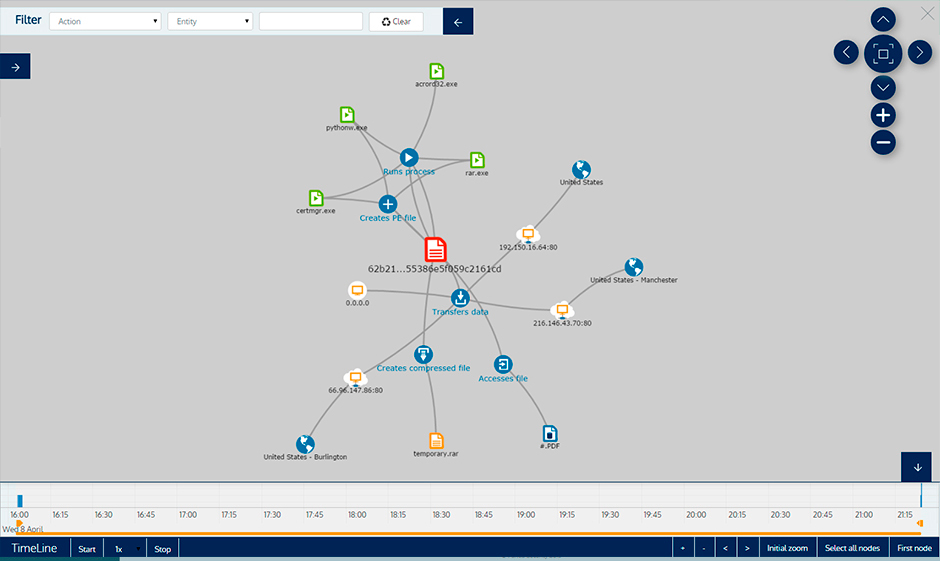Panda Security announces Adaptive Defense 1.5, the new version of the managed service that ensures security against Advanced Persistent Threats (APTs) and targeted attacks in enterprise environments. Adaptive Defense has a disruptive approach compared to traditional blacklist-based malware detection systems.
The major new features of Adaptive Defense 1.5 include the disinfection service, the ability to view the status of endpoints in real-time and the ability to manage the settings from a single Web console.

Protection against targeted and zero-day attacks
An APT (Advanced Persistent Threats) is new generation malware that uses multiple infection vectors at the same time and for an extended period of time, remaining hidden on the computer, and whose main objectives are industrial espionage and data theft.
Traditional antivirus solutions are not capable of detecting these types of attacks, nor of disinfecting the computers infected by them. Adaptive Defense, however, proposes a new security model based on supervision, control and classification of the behavior and nature of every application run in order to provide robust and complete protection, only allowing legitimate applications (goodware) to run.
In addition, the ability to incorporate it into the customer’s existing infrastructure, coexisting with traditional antivirus solutions and with the SIEM solution used by the company, coupled with its disinfection capabilities, make Adaptive Defense the complete and definitive enterprise tool against all types of malware, including targeted and zero-day attacks.
“With the blocking modes of Adaptive Defense 1.5, we can ensure complete and robust protection for all companies. These modes only allow applications classified as goodware to run, making it the ideal solution for companies that require a ‘Zero Risk’ security policy”, explains Josu Franco, VP Corporate Development at Panda Security.
Real-time audit service
Adaptive Defense 1.5 constantly scans the applications that try to run, and automatically classifies all applications using Machine Learning techniques in Big Data environments under the supervision of specialized PandaLabs technicians. If malware is identified, the user receives instant warnings with a comprehensive report detailing the locations, infected machines and the actions performed by the malware. The execution graphs allow the administrator to view the events triggered by the malware, providing clear and thorough information about the actions performed by malware, the recipients of the messages and the files created. Furthermore, the new version of Adaptive Defense identifies software with known vulnerabilities installed on the network.





